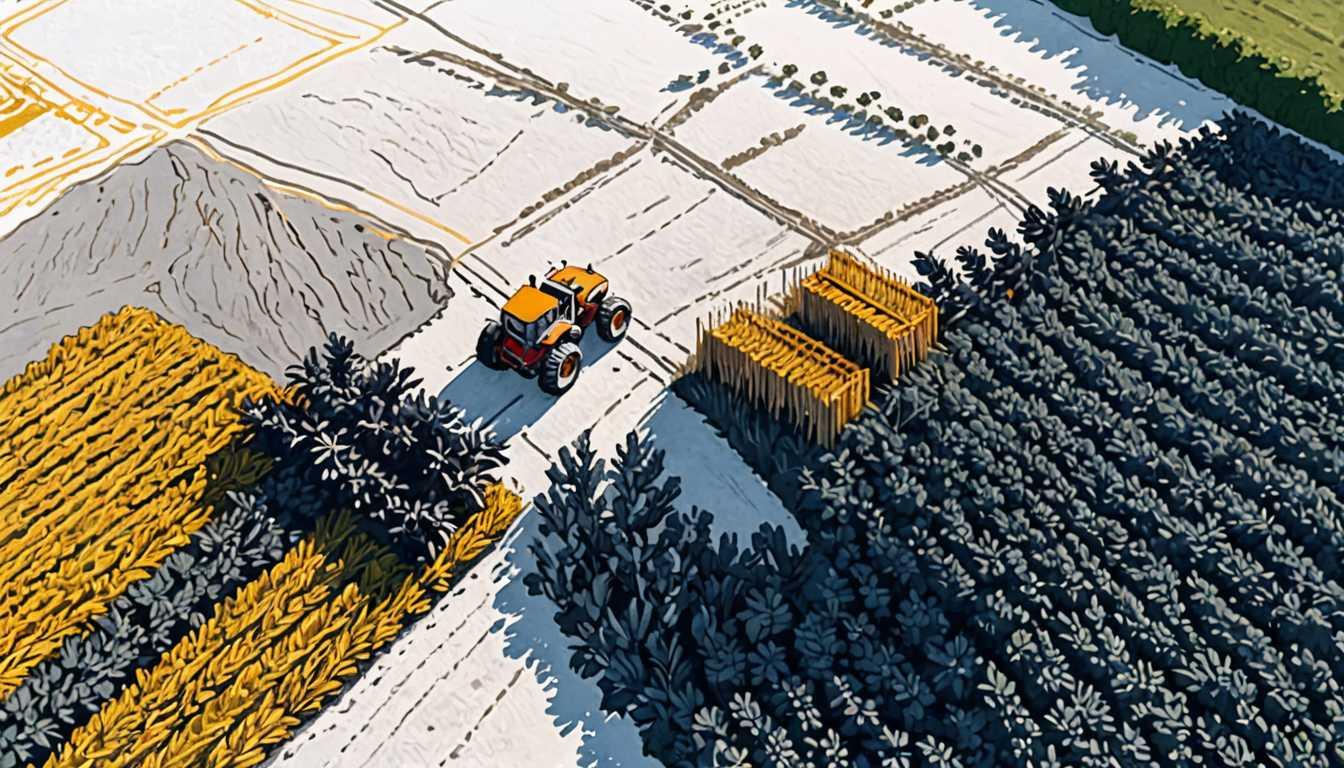Biochar: Climate Change's Unsung Hero
November 2023
Cornell University
Introduction
Dive into the world of biochar with Cornell University's latest discovery! Imagine turning leftover crops into a superhero for the planet, slashing carbon dioxide levels and fighting climate change. This isn't a sci-fi plot but real science showing how biochar can lock away carbon for centuries, with some countries potentially reducing their greenhouse gas emissions by over 20%. Ready to explore how biochar could be the game-changer we need? Let's turn those crop residues into climate heroes!
READ FULL ARTICLEWhy It Matters
Discover how this topic shapes your world and future
Charting a Cooler Climate with Biochar
Imagine a world where the very soil beneath your feet is a warrior in the battle against climate change. That's the promise of biochar, a special kind of charcoal made from plant leftovers, which could help us trap carbon dioxide (CO2) – a notorious greenhouse gas – out of the atmosphere. This is crucial because scientists are ringing alarm bells, saying we need to act fast to limit CO2 and avoid the worst impacts of climate change. What's fascinating about biochar is not just its potential to lock away carbon for centuries, but also its ability to enrich our soils and boost plant growth. Think about it: something as simple as the remains of crops could help us combat climate change and at the same time, nurture the Earth. This connection between agriculture and climate solutions might just spark your interest in how everyday actions can have a global impact.
Speak like a Scholar
Biochar
A type of charcoal produced from plant materials (like crop residues) that can sequester carbon in the soil for a long time, improving soil health and reducing CO2 levels in the atmosphere.
Sequester
To capture and store away. In the context of climate change, it refers to the process of capturing atmospheric carbon dioxide and storing it in a way that prevents it from contributing to global warming.
Greenhouse Gas Emissions
Gases in Earth's atmosphere that trap heat, such as carbon dioxide (CO2), methane (CH4), and nitrous oxide (N2O), contributing to global warming and climate change.
Sustainable
Using methods that do not completely use up or destroy natural resources, aimed at maintaining ecological balance.
Crop Residues
The remains of agricultural crops after the parts used for food, fiber, or feed have been removed. Examples include stalks and stubble.
Carbon Dioxide (CO2)
A colorless gas that is naturally present in Earth's atmosphere. It is a major greenhouse gas because of its ability to absorb heat, contributing to global warming.
Independent Research Ideas
Exploring the Role of Biochar in Urban Gardens
Investigate how biochar can be used in city gardens to improve soil health, plant growth, and carbon sequestration, highlighting the potential for urban areas to contribute to climate change mitigation.
Biochar and Water Conservation
Dive into how biochar affects water retention in soils and its implications for drought-prone areas, offering a dual benefit of enhancing soil moisture while fighting climate change.
The Lifecycle of Biochar
Examine the full lifecycle of biochar, from production to its long-term impact on soil and atmospheric carbon levels, to understand its overall environmental footprint.
Comparative Study of Biochar and Other Carbon Sequestration Methods
Analyze how biochar's effectiveness in sequestering carbon stacks up against other methods, considering factors like cost, scalability, and long-term viability.
Biochar's Impact on Biodiversity
Research how adding biochar to soils affects underground ecosystems and plant diversity, shedding light on its broader ecological implications beyond carbon sequestration.
Related Articles

Oysters: Heroes of the Deep?
October 2023
MIT Technology Review

Sawdust: Nature's Weed Warrior
July 2024
Cornell News Highlights

Grazing: Climate Foe or Friend?
March 2024
Massachusetts Institute of Technology (MIT)

Feeding the Future: Smart Farmland Shifts
April 2022
Harvard University

Ethanol in the Sky: Climate Savior or Scam?
May 2024
MIT Technology Review